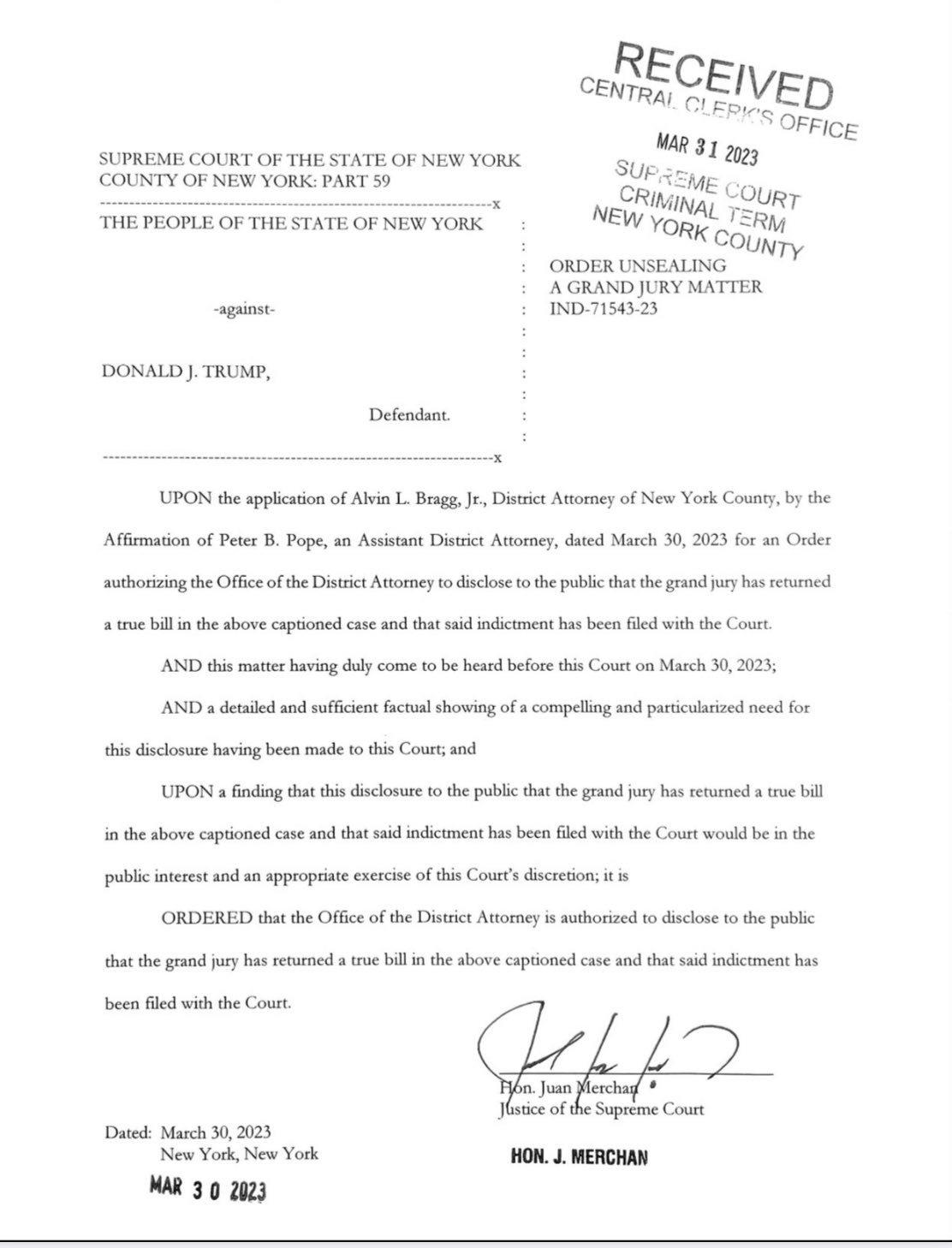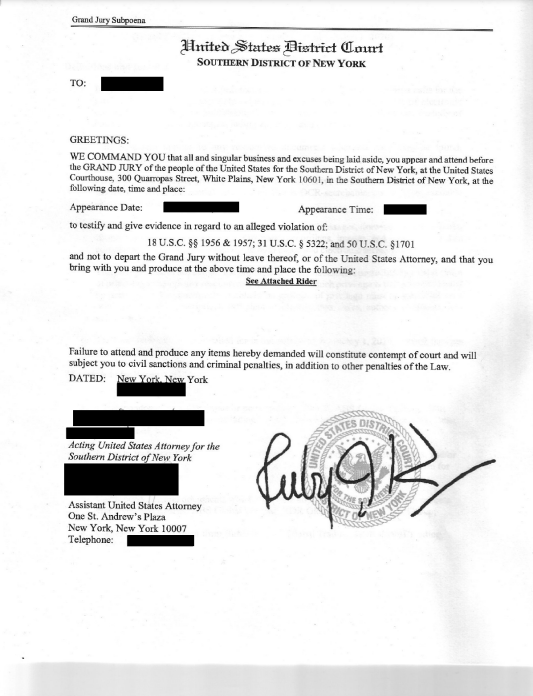Grand Jury Procedure: Indictment, No True Bill, and True Bill Explained
Indictment and the Role of the Grand Jury
Indictment: The True Bill
A grand jury is a body of individuals tasked with reviewing evidence and determining whether sufficient cause exists to formally charge an individual with a crime. When a grand jury finds that there is sufficient evidence, they vote to issue an indictment, known legally as a "true bill."
No True Bill
Conversely, if the grand jury finds that there is not enough evidence to support charges, they vote to issue a "no true bill." This effectively dismisses the charges against the individual.
The Grand Jury Hearing
A grand jury hearing is not a trial, but rather an opportunity for the prosecution to present evidence and for the grand jury to determine if further proceedings are warranted. Grand jurors are instructed to consider only the evidence presented during the hearing and to apply the law as instructed by the court.
Potential Challenges to Grand Jury Subpoenas
In certain circumstances, subpoenas issued by a grand jury may face challenges, particularly if they conflict with protective orders. However, some circuits have established a per se rule that grand jury subpoenas take precedence over protective orders.
Grand Juries in High-Profile Cases
Grand juries have played significant roles in several high-profile cases, including the upcoming criminal trial of former President Donald Trump in New York. The grand jury quiz administered to potential jurors in this case is expected to be particularly comprehensive.
New York State Law on Grand Juries
New York State law requires that each grand juror be provided with a copy of Article 190 of the Criminal Procedure Law, which outlines the legal framework for grand juries.
True Bill vs. No True Bill: Statistical Perspective
While data on state grand jury decisions is limited, available figures indicate that indictments, or true bills, are issued in the majority of federal cases.
Additional Notes
A "true bill" is an indictment endorsed by a grand jury as valid. A third option available to grand juries is to return a "dismissal," which means that charges against the individual are dropped.
The written decision of a grand jury is signed by the foreperson and signifies that sufficientevidence has been presented to support charges.


Comments